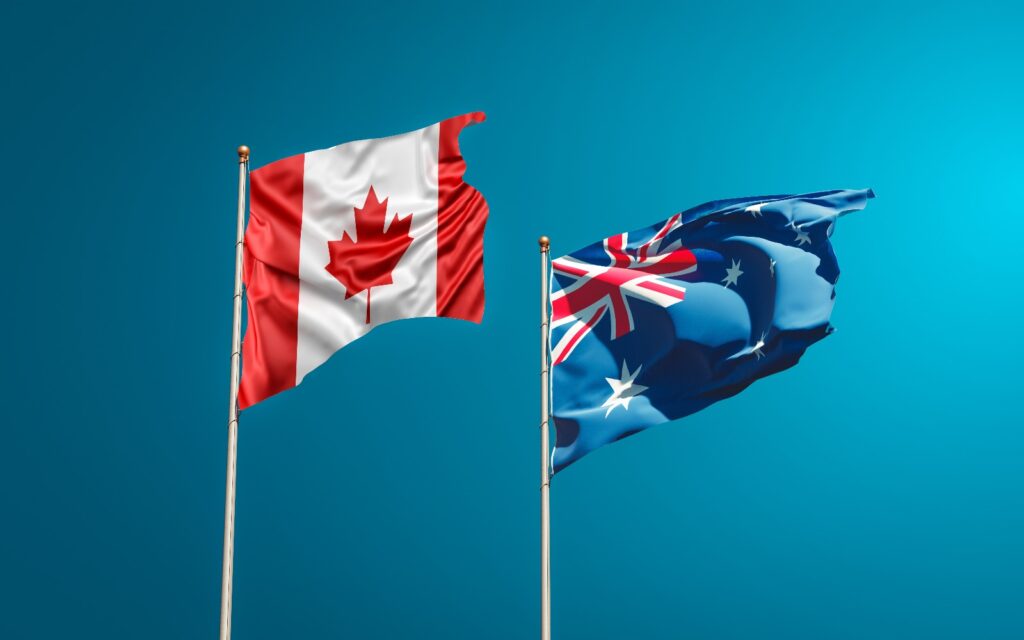British Columbia and Alberta Issue Targeted PNP Invitations for PR
Canada’s immigration system continues to evolve, with provinces like British Columbia (BC) and Alberta leveraging their Provincial Nominee Programs (PNPs) to address regional labor market needs. Recently, both provinces conducted targeted draws, inviting skilled professionals to apply for permanent residency (PR), underscoring their strategic focus on meeting specific economic and demographic goals. Key Highlights of British Columbia and Alberta targeted PNP invitations British Columbia’s Targeted DrawBritish Columbia issued invitations under the BC PNP, focusing on tech professionals, healthcare workers, and other in-demand occupations. The province remains committed to addressing critical skill shortages, particularly in the technology and healthcare sectors. Applicants invited through these draws typically had specific qualifications, such as a valid job offer or advanced expertise in their field. BC’s Tech Stream, a subset of its PNP, is especially significant as it provides a fast-track pathway for tech workers to secure PR. This aligns with BC’s goal of becoming a global tech hub, making it an attractive destination for international talent. Alberta’s Targeted DrawSimilarly, Alberta issued targeted invitations under the Alberta Advantage Immigration Program (AAIP). The province’s focus was on sectors such as agriculture, trade, and engineering. Alberta’s targeted draws are part of a broader strategy to retain skilled professionals who can contribute to its growing economy. With the introduction of Alberta’s Rural Renewal Stream, the province aims to address shortages in smaller communities, encouraging applicants to settle outside major cities. This regional focus helps to distribute the economic benefits of immigration more evenly. Why These PNP Invitations Matter These targeted invitations are designed to streamline the PR process for skilled workers who meet provincial priorities. By tailoring immigration pathways to labor market demands, BC and Alberta ensure that new immigrants can contribute meaningfully to their economies. How to Apply in British Columbia and Alberta targeted PNP invitations Candidates interested in these programs must first create an Express Entry profile and express their interest in specific provinces. Successful nominees receive an additional 600 CRS points, almost guaranteeing an invitation to apply for PR. Learn more about Canada’s Provincial Nominee Programs and explore how you can benefit from these pathways. Conclusion British Columbia and Alberta’s targeted PNP draws reflect Canada’s proactive approach to addressing regional needs through immigration. Skilled workers across various sectors now have more opportunities to secure PR, helping Canada remain a top destination for global talent.












